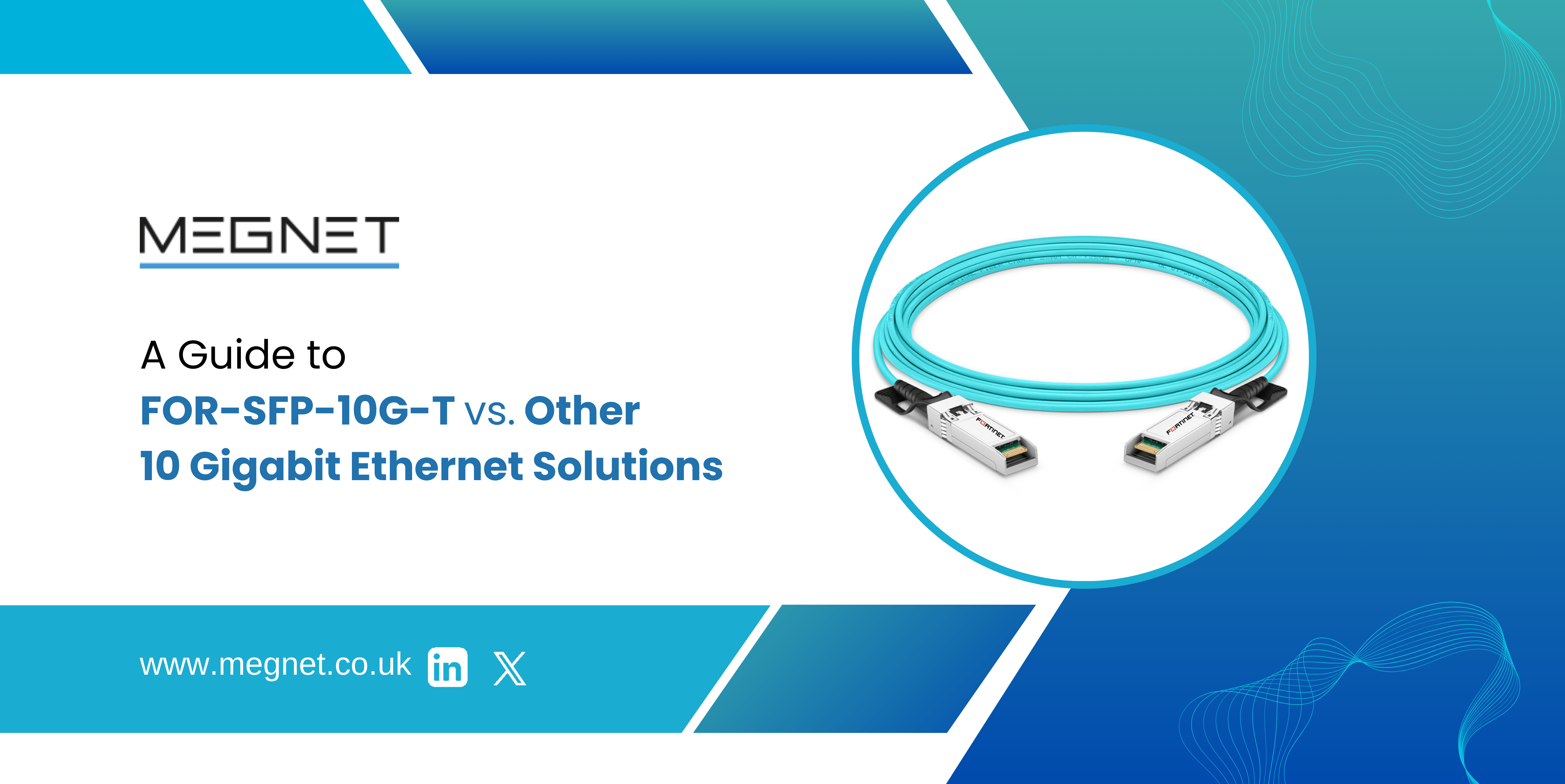
A Guide to FOR-SFP-10G-T vs. Other 10 Gigabit Ethernet Solutions
The insatiable demand for data shows no signs of slowing down. Businesses are constantly grappling with bandwidth limitations, hindering productivity and user experience. Upgrading to 10 Gigabit Ethernet (10GbE) is a strategic move for organisations seeking a significant performance boost. 10GbE offers ten times the speed of traditional Gigabit Ethernet, enabling faster data transfers, smoother cloud applications, and a more responsive network.
This comprehensive guide dives into FOR-SFP-10G-T, a popular and cost-effective technology for achieving 10GbE connectivity. We’ll delve into its inner workings, compare it to other 10GbE solutions like SFP+ and Direct Attach Copper (DAC) cables, and help you determine if FOR-SFP-10G-T is the perfect fit for your network’s specific needs. By the end of this guide, you’ll be equipped to make an informed decision and unlock the potential of 10GbE in your organisation.
Understanding FOR-SFP-10G-T Technology
SFP (Small Form-factor Pluggable) modules are the workhorses of modern network connectivity. These compact, hot-swappable transceivers plug into network devices like switches and servers, providing a versatile way to connect to different types of cabling infrastructure.
FOR-SFP-10G-T takes this concept a step further, specifically designed to deliver 10 Gigabit Ethernet (10GbE) connections using a familiar technology: twisted-pair copper cables. This makes it a compelling option for many businesses looking to upgrade their networks without a complete overhaul.
Inside an FOR-SFP-10G-T Transceiver:

An FOR-SFP-10G-T module houses a miniature powerhouse of electronics. Here’s a breakdown of its key components:
- Electrical Interface: This section connects to the network device, receiving and transmitting electrical signals.
- Signal Conditioning: These circuits amplify and clean the electrical signals for optimal transmission.
- Encoding/Decoding: This critical component converts digital data from the network device into a format suitable for high-speed transmission over copper cables. In FOR-SFP-10G-T, a specific encoding scheme called PAM-5 (Pulse Amplitude Modulation with 5 levels) is used to encode 10 bits of data into a single symbol for transmission.
- Physical Interface: This section houses the RJ45 connector that plugs into standard Cat 6a or Cat 7 copper cables.
Working Principle of FOR-SFP-10G-T:
The magic happens when you connect a FOR-SFP-10G-T module on each end of a Cat 6a or Cat 7 cable. Here is the simplified flow of data:
- Data Originates: Information originates as digital data packets within the network device.
- Electrical Conversion: The FOR-SFP-10G-T’s electrical interface receives these data packets and converts them into electrical signals.
- Signal Conditioning: These signals are then amplified and shaped for optimal transmission over the copper cable.
- Encoding: The encoding/decoding section utilises PAM-5 to convert the electrical signals into a series of voltage pulses with five distinct levels, being the 10 bits of data.
- Transmission over Cable: These encoded pulses travel through the Cat 6a or Cat 7 cable, carrying the data between the connected devices.
- Decoding and Conversion: At the receiving end, the FOR-SFP-10G-T module decodes the received voltage pulses back into their original digital data format.
- Data Delivered: Finally, the recovered data is delivered to the network device at the receiving end.
Key Features and Benefits of FOR-SFP-10G-T:
- Backward Compatibility: One of the biggest advantages of FOR-SFP-10G-T is its seamless Legacy network integration with existing Gigabit Ethernet networks. It utilises the familiar RJ45 connector, allowing you to leverage your existing copper cabling infrastructure during an upgrade to 10GbE. This can significantly reduce upgrade costs compared to a complete network overhaul.
- Cost-Effectiveness: Compared to fibre optic solutions that require specialised SFP+ transceivers and fibre optic cables, FOR-SFP-10G-T offers a more budget-friendly choice. The use of readily available Cat 6a or Cat 7 cables further contributes to its cost-efficiency.
- Shorter Reach: While a limitation for geographically dispersed networks, the typical reach of 100 metres for FOR-SFP-10G-T is sufficient for many applications within a building, data centre, or campus environment.
- Power Consumption: Modern FOR-SFP-10G-T modules boast improved power efficiency compared to earlier versions, making them a more environmentally friendly choice.
- Ease of Use: FOR-SFP-10G-T modules are hot-swappable, allowing for easy installation and maintenance without powering down network devices.
By understanding the inner workings and benefits of FOR-SFP-10G-T technology, you will be in a better position to evaluate if it is the right solution for your network’s specific needs.
FOR-SFP-10G-T vs. Other 10GbE Solutions
The world of 10 Gigabit Ethernet (10GbE) offers a variety of solutions to meet diverse networking needs. While FOR-SFP-10G-T stands out for its affordability and ease of Legacy network integration, it’s crucial to understand how it compares to other popular options. Here is a breakdown of SFP-10G Copper vs. FOR-SFP-10G-T:
SFP+ Transceivers: Fiber Optic Powerhouse
SFP+ transceivers utilise fibre optic cables to transmit data via light pulses. This technology boasts exceptional reach, stretching up to 40 kilometres with single-mode fibre, making it ideal for connecting geographically dispersed locations or across large campuses.
Pros: Unbeatable reach, excellent security due to fibre’s immunity to electromagnetic interference, and potential for future scalability.
Cons: Higher upfront cost compared to FOR-SFP-10G-T due to the transceivers and fibre optic cables. Installation can be more complex, requiring specialised tools and expertise for fibre optic terminations.
Choosing SFP+ over FOR-SFP-10G-T:
When long distances are a necessity (between buildings or across campuses). For FOR-SFP-10G-T applications requiring the highest level of security for data transmission. If you predict significant network expansion in the future and need the flexibility offered by fibre.
Direct Attach Copper (DAC) Cables: Short-Distance Speed Demons

DACs (Direct Attach Cable) (Direct Attach Cable) are essentially high-performance copper cables specifically designed for short-distance, high-bandwidth connections within a rack or data centre (typically ranging from 3 to 10 metres). They leverage copper for data transmission but differ from standard copper cables in terms of shielding and construction to minimise signal degradation over short distances.
Pros: Highly cost-effective for noticeably short connections, offering plug-and-play simplicity and low power consumption.
Cons: Extremely limited reach compared to FOR-SFP-10G-T and SFP+. Not suitable for connections beyond a rack or short distances within a data centre. Lacks the flexibility of FOR-SFP-10G-T, which can utilise various cable lengths.
Choosing DACs over FOR-SFP-10G-T:
When connecting devices within a single rack or within proximity in a data centre. For cost-sensitive deployments requiring high-bandwidth connections over very short distances. In scenarios where ease of use and minimal configuration are priorities. So, here is quick comparison to help you choose Direct Attach Copper (DAC) vs. FOR-SFP-10G-T.
The Verdict: Choosing the Right Champion for Your Network
The optimal choice between FOR-SFP-10G-T, SFP+, and DACs hinges on your specific network requirements. Consider these factors:
- Distance: FOR-SFP-10G-T offers a good balance with its 100-metre reach. Opt for SFP+ for longer distances or DACs for ultra-short connections.
- Budget: FOR-SFP-10G-T is generally the most budget-friendly option, followed by DACs for very short distances. SFP+ comes at a higher upfront cost.
- Security: Fibre optic cables in SFP+ provide superior security compared to copper-based 10 Gigabit Ethernet Solutions.
- Scalability: If future network expansion is a possibility, SFP+ might be a better long-term investment due to its reach potential.
- Existing Infrastructure: Leverage existing Cat 6a or Cat 7 cables with FOR-SFP-10G-T for a cost-effective upgrade.
By carefully evaluating these factors and your specific network needs, you can confidently choose the 10GbE solution that delivers optimal performance, security, and cost-effectiveness for your organisation.
Considerations for Choosing FOR-SFP-10G-T Solutions
Selecting the right FOR-SFP-10G-T solution requires careful consideration of several factors that directly affect your network’s performance and efficiency. Here is a detailed breakdown of the key aspects to weigh in before making your decision:
Required Cable Distance:
FOR-SFP-10G-T technology has a well-defined operational range. It excels at transmitting data over shorter distances, typically up to 100 metres. This range is sufficient for many applications within a single building or campus, such as connecting network switches or servers found in different rooms.
However, if your network spans across geographically dispersed locations or requires connections over longer distances, FOR-SFP-10G-T might not be the ideal solution. In such cases, SFP-10G-BXU-10 transceivers paired with fibre optic cables become a more suitable choice due to their ability to send data over extended distances, reaching up to 10 kilometres with single-mode fibre.
Existing Network Infrastructure:
One of the significant advantages of FOR-SFP-10G-T is its compatibility with existing copper cabling infrastructure. Many businesses already have Cat 6a or Cat 7 cabling installed for their Gigabit Ethernet networks. FOR-SFP-10G-T transceivers can leverage these existing cables, eliminating the need for a costly and time-consuming infrastructure overhaul during an upgrade to 10GbE. This translates to significant cost savings and faster deployment times.
On the other hand, if your network infrastructure is entirely new or you plan to build a network from scratch, fibre optic cabling might be a future-proof option. While the initial investment might be higher, fibre offers several advantages like longer reach, higher bandwidth potential, and immunity to electromagnetic interference.
Budgetary Constraints:
Cost is a crucial factor for many businesses, and FOR-SFP-10G-T shines in this regard. Compared to SFP+ transceivers and fibre optic cables, FOR-SFP-10G-T modules and Cat 6a/Cat 7 copper cables are generally more budget-friendly. This cost advantage makes FOR-SFP-10G-T an attractive option for businesses looking for a cost-effective way to upgrade their network performance without breaking the bank.
It is important to consider the total cost of ownership (TCO) when making your decision. While the upfront cost of FOR-SFP-10G-T might be lower, factor in the potential limitations of copper cabling about distance and future scalability. If your network has high bandwidth demands or you predict future expansion, SFP+ with fibre optics might be a more cost-effective choice eventually.
Power Consumption:
Power efficiency is a growing concern in today’s data centres. Modern FOR-SFP-10G-T modules are designed with lower power consumption compared to earlier versions. This translates to reduced energy costs and a smaller environmental footprint.
When comparing FOR-SFP-10G-T with SFP+, power consumption might be a deciding factor in certain scenarios. SFP+ transceivers generally have lower power requirements. If your network prioritises energy efficiency, SFP+ could be a better choice, especially for high-density deployments.
Future Scalability Needs:
Consider your network’s potential growth when choosing FOR-SFP-10G-T solutions. If you anticipate significant bandwidth requirements or network expansion in the future, SFP+ might be a better long-term investment. SFP+ offers extended reach and potentially higher bandwidth capabilities compared to FOR-SFP-10G-T. By opting for SFP+ from the outset, you can ensure your network infrastructure can handle future growth without requiring another upgrade.
Additional Considerations:
Vendor Compatibility: Ensure the chosen FOR-SFP-10G-T transceivers are compatible with your network devices. Opting for FOR-SFP-10G-T modules certified by the original equipment manufacturer (OEM) guarantees optimal performance and reliability.
Quality and Reliability: While FOR-SFP-10G-T offers a cost-effective solution, prioritise quality and choose transceivers from reputable vendors. Lower quality modules might lead to performance issues and network downtime.
By carefully evaluating these factors and considering your specific network requirements, you can make an informed decision and select the FOR-SFP-10G-T solution that best optimises your network performance, budget, and future scalability needs.
Conclusion
FOR-SFP-10G-T presents a powerful and budget-friendly solution for integrating 10 Gigabit Ethernet into your network. Whether you are upgrading existing infrastructure, connecting switches, or boosting server performance, FOR-SFP-10G-T offers versatility and ease of deployment.
Ready to harness the power of 10GbE with FOR-SFP-10G-T solutions? Megnet offers a wide variety of high-quality, compatible FOR-SFP-10G-T transceivers at competitive prices. Visit our website or contact our sales team today to explore your options and unlock the full potential of your network.

FAQ's
The transceiver module converts electrical signals into light pulses for high-speed data transmission over copper cables.
Copper cables are susceptible to electromagnetic interference compared to fibre optics. Implement security measures when dealing with sensitive data.
While usable, it might not be the most suitable option due to limitations in reach. Consider SFP+ or DACs for longer distances within a data centre.
SFP+ uses fibre optic cables for longer distances (up to 40km) but is generally more expensive. FOR-SFP-10G-T utilises copper for shorter distances (100 metres) and is more cost-effective.
If you need to connect devices over long distances or prioritise security due to fibre optic immunity to interference.
DACs are another copper-based solution for noticeably short, high-bandwidth connections within a rack or data centre (typically 3-10 metres).
Yes, most FOR-SFP-10G-T modules support auto-negotiation, allowing them to automatically configure the optimal speed and duplex mode for the connected device.
FOR-SFP-10G-T typically supports 10 Gigabit Ethernet (10GbE) but may also be backward compatible with lower speeds like 1 Gigabit Ethernet (1GbE).
Power consumption varies depending on the specific model, but it falls within a range of 1.5W to 2.5W.
For shorter distances within a building or campus, FOR-SFP-10G-T or SFP-1-G-ER can be a practical solution for several years to come. However, for future scalability or geographically dispersed networks, consider options like SFP+.
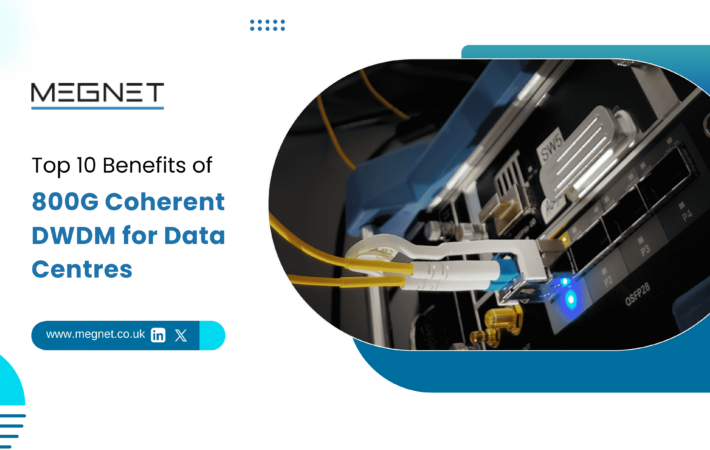
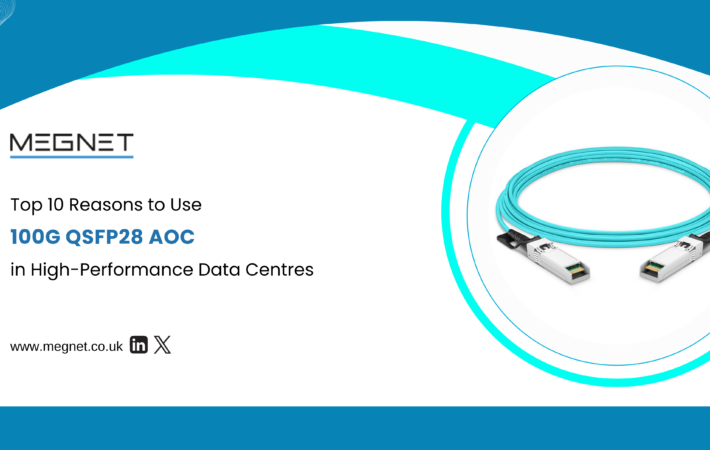
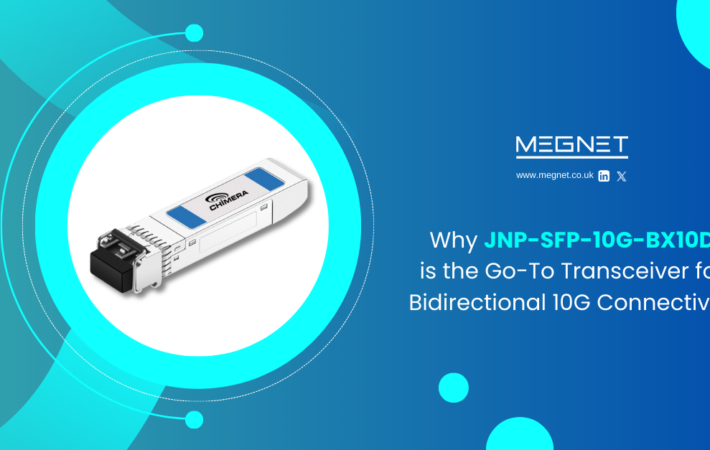
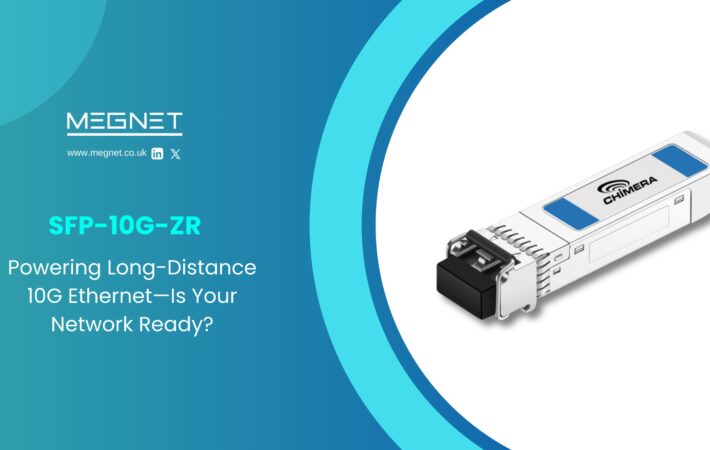
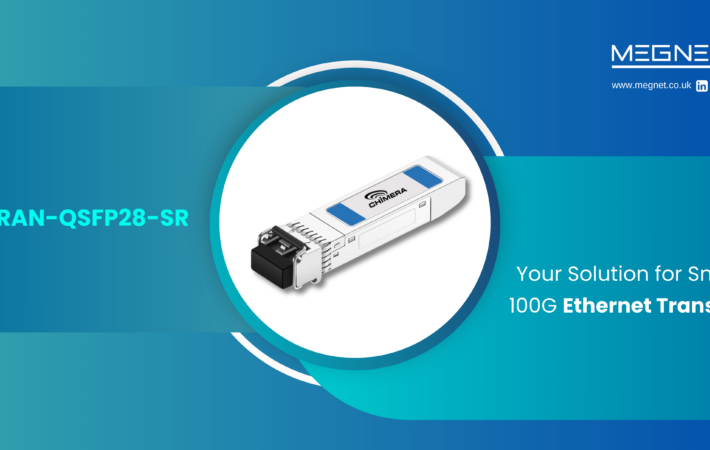


Leave a comment
Your email address will not be published. Required fields are marked *